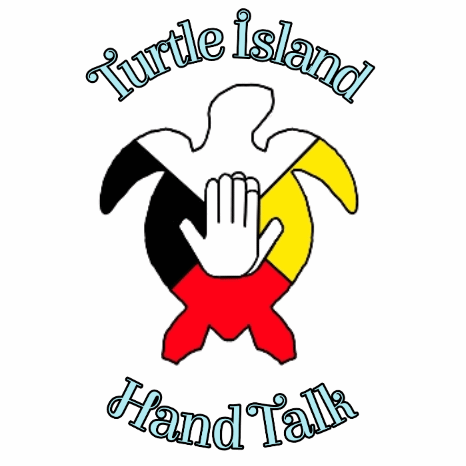
Lissa Ramirez-Stapleton, Ph.D.
Image by Kayla Kosaki
IG: yukieillustrates
This page includes resources about Deaf People of Color. It will continuously be added as I get more information. This page is current as of summer 2022.
Latinx Deaf Communities
National Hispanic Latino Association of the Deaf
Education
Intersectionality and Autoethnography: DeafBlind, DeafDisabled, Deaf and Hard of Hearing- Latinx Children Are the Future By Dr. Carla García-Fernández
Through the Decades: The Hispanic/Latino Deaf Experience at NTID
Art
Melmira- Rafael Morales, Deafblind Latino Art
Life Experiences
Sharing Stories: Deaf Latino Experiences
Asian Pacific Islander Desi American
Organizations:
Southern California Asian Deaf Association
Bay Area Deaf Asian Association\
Online Communities for Deaf Asian and Pacific Islanders
Indigenous Deaf Communities
Readings
Multiply Marginalized: Indigenous Deaf Students’ Experiences in Higher Education (ASL captioned video)
By Dr. Melanie McKay-Cody
Insight for Non-Indigenous Interpreters by Dr. Melanie McKay-Cody
Open Letter in Support of Indigenous Deaf Communities
Received by Dr. Melanie McKay-Cody & written by Indigenous Deaf Communities
This is an open letter to the Deaf community. The purpose of this letter is to educate the Deaf Community about our Indigenous Deaf communities in North America. Many of the people in the Deaf Community are ill-informed about our Indigenous culture. We have seen many non-Indigenous Deaf people follow one person’s signs based on inaccurate information, which has resulted in an ongoing effort by Indigenous Deaf peoples to educate the Deaf communities with accurate information. Many Deaf people are linguistically gullible (McKay-Cody, 2019), meaning that Deaf people may easily adopt or use signs that are not acceptable and serve to perpetuate stereotypes about our Indigenous Deaf communities. It is important to note that Sarah Young-Bear Brown, who has been known to spread inappropriate signs, is not an Indigenous Deaf leader and does not represent all North American Indigenous peoples. She has many years to learn about our Indigenous cultures. Per our Indigenous culture, no one single person should be the “representative” of “all” Indigenous people. That is not our way of doing it from our Indigenous lens. There are over 800 tribes in the USA, and many more in Canada and Mexico, and concepts of “one cookie cutter that fits all” or “one size fits all” which does not apply in Indigenous contexts. In our Indigenous Deaf communities, we do things for the good of our community by providing collaborative community-engaged services to our people. We collaboratively stand with our Indigenous hearing relatives and follow our traditional ways. This means that elders in Indigenous communities are the ones who decide on certain changes, including sign language. The younger Indigenous people who honor our elders’ decisions respectfully follow centuries-old traditions. The sign V-INDIAN (war-paint sign) is a stereotypical sign. It does not fit hundreds of our people, some tribes are very peaceful people, and they do not or did not ever wear warpaint. This sign is not from a consensual agreement among our Indigenous Deaf people, it was decided by an ill-informed person. Sarah does not and did not have permission from many Indigenous Deaf elders to use this sign. She is an individual who may choose to use the sign for herself; however, applying the stereotypical sign to all tribes is unfair. Many Indigenous hearing people disagree with that sign and find it offensive and stereotypical. We, in the Indigenous Deaf community, ask Deaf individuals and the Deaf community to be respectful of Indigenous members across hundreds of tribes in respecting our way of collaborative agreement and honoring our elders’ community-based decisions. Respecting our collective cultural frame will reduce such confusion in misinterpretation of signs, cultural information, and many others.







